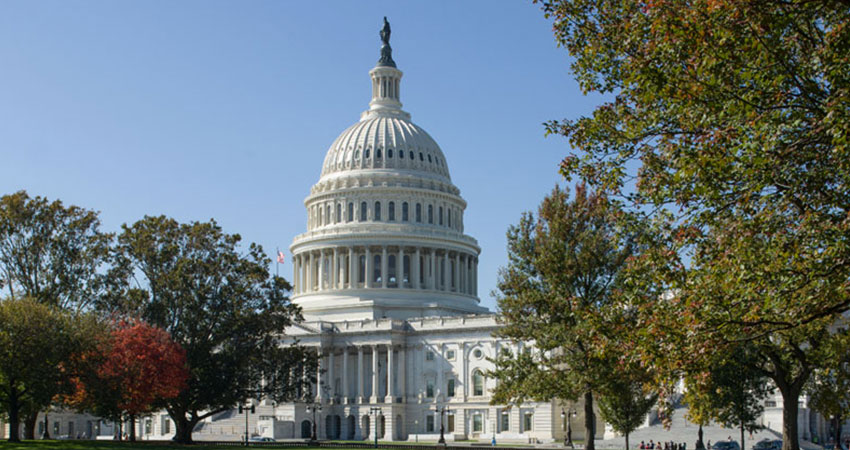Today’s customers having high expectations from retailers to deliver an optimal experience. And while retailers are doing what they can to jump through the right hoops to deliver on their brand promises, they do so in the face of government oversight.
What is making it even more challenging, however, are the legislative changes happening right now with taxation on ecommerce and retail. For starters, there are 11,000 U.S. state and local jurisdictions, each with different tax rates that are constantly changing as well as exemptions based on products and customers.
Retailers have limited tax expertise as well, which requires them to figure this out in-house or have it outsourced. They must also consider compliance to avoid audits and penalties as individual states consider new revenue sources attached to these penalties.
In 2016, South Dakota passed a law requiring remote sellers to register, collect and remit sales tax if they meet specific criteria. It included $100,000 of annual gross revenue from the sale of tangible property, electronic products or services delivered into South Dakota or 200 separate transactions per year in which there is a sale of tangible property, electronic products or services delivered to South Dakota.
In 2018, the Supreme Court ruled in favor of South Dakota 5 to 4, overturning the 1992 Quill ruling, which limited taxation to states where merchants have a physical presence. The law was challenged by defendants Overtock.com, Newegg and Wayfair.com.
U.S. states can now require merchants to collect sales tax where they didn’t have any obligation to do so before.
For more on these pressing issues, join Multichannel Merchant and Vertex in a free live webinar on Tuesday, April 23 at 1 p.m. (EST) to learn more about the ongoing legislative changes and their impact on ecommerce sellers in the wake of the Wayfair decision.

